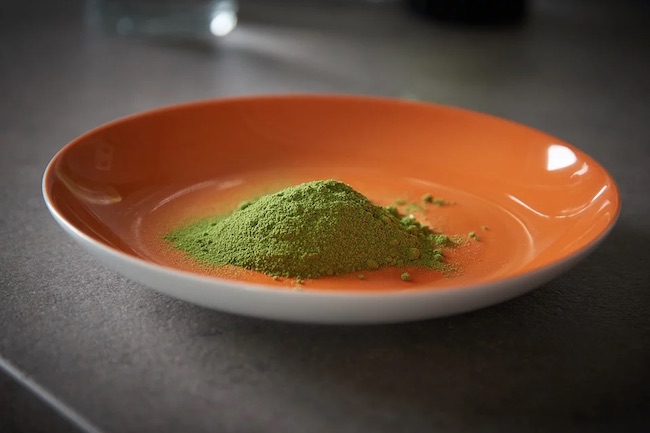Homemade vegetable powder can make your meals more nutritious By Cassie B. for Grocery Cures
We all know that vegetables are good for us, but even the biggest veggie lovers have at least one to two vegetables that they just can’t convince themselves to like. Whether you’re not feeling the kale craze or you can’t get past the bitterness of Brussels sprouts, you may worry that you are missing out on some health benefits by skipping certain vegetables. One good solution? Making your own vegetable powder to add as an ingredient to recipes for a nutrition boost.
Why vegetable powder? First, it allows you to capture some of the vitamins and nutrients found in the vegetables. This means, for example, that you can still give your broccoli-hating kids some of the goodness of broccoli undetected. When you make vegetable powder, removing the water from the vegetables means that the nutrients are more concentrated, so you won’t need as much as you otherwise might when you’re making recipes. It’s also a great way to use up a too-generous harvest before everything goes bad, and you’ll have the peace of mind of knowing that nothing was treated with pesticides when you grow it yourself.
Here’s a look at how to make some useful types of vegetable powder.
Ginger Powder
Ginger is a great candidate for making vegetable powder because it doesn’t last all that long, and this allows you to do something productive with unused ginger rather than letting it go bad and tossing it out. Great in baked goods, meats, smoothies, drinks and Asian dishes, you’re sure to get a lot of mileage out of your ginger powder.
It’s best to start with bigger pieces as they’re easier to peel. Wash the ginger, pat it dry, and then slice it. Food Storage Moms suggests cutting it in slices around 1/8-inch thick. Place in a dehydrator and check after two hours; keep going until the slices are fully dry. You can test the slices for doneness; if they break easily, it’s time to cool them and set aside for your powder making.
Once cooled, it’s simply a matter of placing the dried slices in your food processor or blender and pulverizing them. Store in an airtight container in a cool, dark place.
Mushroom powder
A lot of kids – and adults – turn their noses up at mushrooms, and they’re pretty easy to detect in most dishes thanks to their color and texture. Thankfully, sliced mushrooms dehydrate quite nicely so you can pulse them into a powder. The exact drying time is going to depend on the humidity in the room where it’s being dried, but it should take around four hours to reach a leathery texture.
Full of antioxidants and B vitamins, you can add mushroom powder to salad dressings, casseroles, stews and soups. You can even mix it into your coffee for a morning nutrition boost!
Kale powder
Kale is a nutritional powerhouse, but it doesn’t last long. If you’ve got more than you need, dehydrating some while it’s still fresh is a great way to preserve its goodness of future use. Be sure to take out the tough ribs as their strong flavor and texture might negatively impact your result.
The leaves need to be placed on the dehydrator rack without touching. Leave them in there until they become crisp. After grinding, leave it out a little longer to ensure it’s completely dried before jarring it.
One caveat: If your vegetables aren’t completely dry during the dehydrating process, they could end up getting moldy. Although it can be disheartening to waste so much effort and food, you need to toss the entire container if you spot mold on your vegetables or powder.




